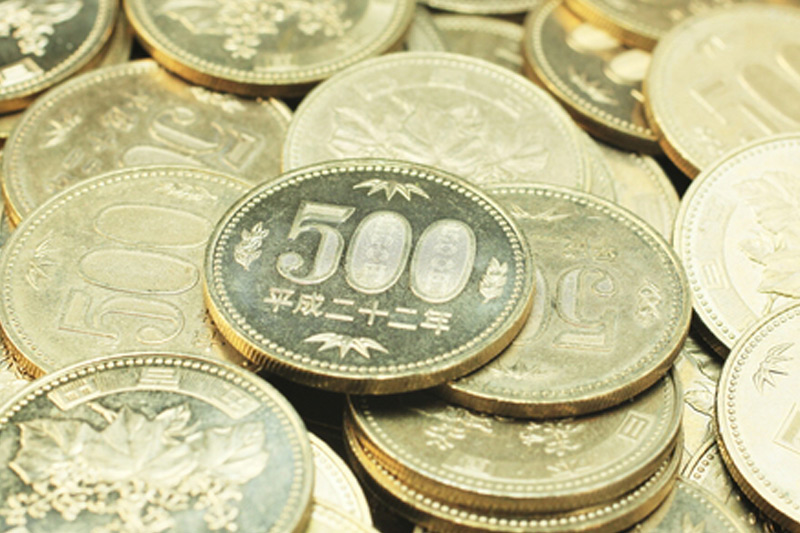Investing.com - The yen held traded weaker in Asia on Tuesday as initial manufacturing data for March slumped and as remarks by Fed policymakers overnight shifted the ground slightly on rate hike expectations this year.
USD/JPY changed hands at 112.15, up 0.18%. while AUD/USD traded at 0.7575, down 0.04%.
Australia reported house price index data for the fourth quarter showed a gain of 0.2%, beating the 0.1% gain seen quarter-on-quarter.
In Japan, the manufacturing PMI provisional look for March came in at 49.1, well below 50.6 expected adn down from 50.1 in the previous month. A figure below 50 implies contraction.
The U.S. dollar index, which measures the greenback’s strength against a trade-weighted basket of six major currencies, rose 0.04% to 95.44.
Overnight, the dollar edged moderately higher against the other major currencies in quiet trade on Monday, as the greenback continued to recover from the Federal Reserve’s most recent policy statement and no major U.S. economic reports were to be released throughout the day.
On Tuesday, Atlanta Fed President Dennis Lockhart said that despite risks to the downside that have arisen since the beginning of the year the U.S. economy continues to grow about as he expected.
"Summing up everything that had occurred since the beginning of the year through the March meeting there had been risk developments that might tilt the balance slightly to the downside," he said at an event in Georgia, "but the key thing is that the economy continues to perform substantially on the track that I expected last December when I voted for the liftoff decision."
"The real economy data remains substantially on track," he said, adding he expects consumer spending trends here to hold up contributing to the 2% to 2.5% growth he expects and offsetting contributions from net exports and government spending.
Earlier in the day, San Francisco Fed President John Williams downplayed worries that falling market-based measures of inflation are predictive of overall U.S. price measures. Williams added that the central bank could still increase interest rates in April and June if economic data provides a backdrop for such a policy move.
Meanwhile, Richmond Fed President Jeffrey Lacker said that U.S. inflation will likely accelerate in coming years and move toward the Fed's 2% target after the price of oil bottoms out.
The National Association of Retailers said that existing home sales fell 7.1% in February to 5.08 million units from 5.47 million units in February. Analysts had expected existing home sales to drop by 2.2% to 5.34 million units last month.
The greenback recovered from losses posted after the Federal Reserve said last week that it is likely to raise interest rates only twice this year – and not four times, as initially estimated.
The euro came under pressure after European Central Bank Chief Economist Peter Praet said on Friday that euro zone interest rates could go even lower.
